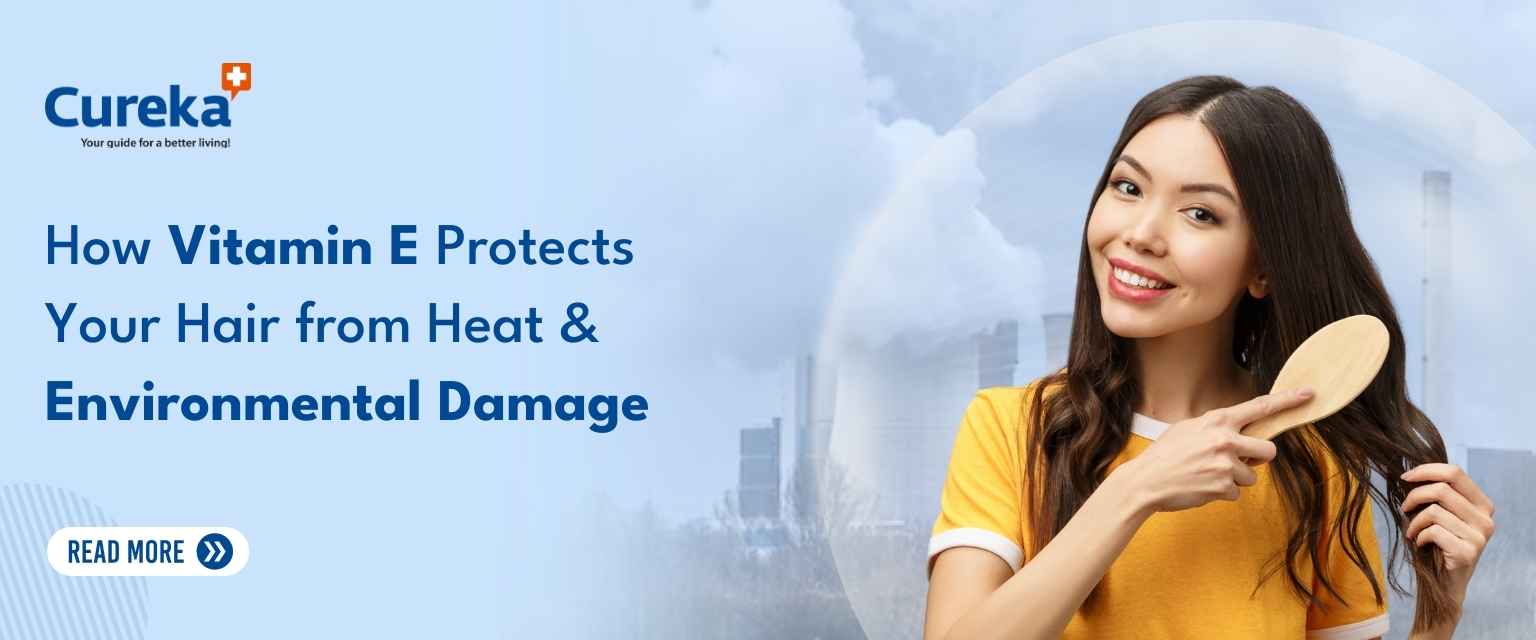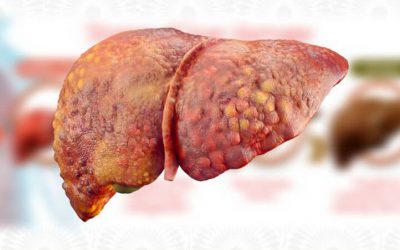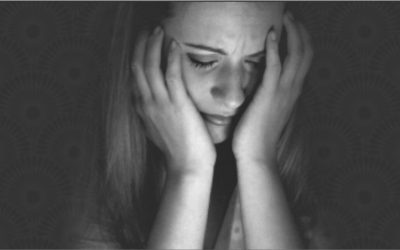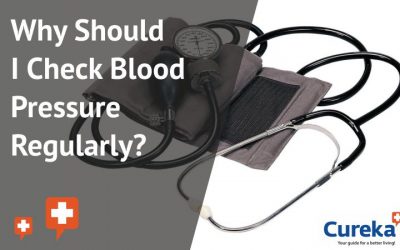How Vitamin E Protects Your Hair from Heat and Environmental Damage
Introduction
Every day, our hair is exposed to various environmental stressors, including heat styling, pollution, and harmful UV rays. These factors contribute to oxidative stress, leading to hair damage, premature aging, and hair loss. Vitamin E, a powerful antioxidant, plays a crucial role in protecting hair from these external aggressors.
What is the science behind Vitamin E for hair health?
Oxidative Stress and Hair Damage
Oxidative stress occurs when there is an imbalance between free radicals and antioxidants in the body. Studies have shown that oxidative stress is linked to alopecia, as individuals with hair loss tend to have lower levels of antioxidants in their scalp. Additionally, lipid peroxidation, a process that degrades essential lipids in the hair and scalp, is found to be elevated in those experiencing hair thinning.
Environmental factors such as pollution, UV exposure, and heat styling contribute to oxidative stress, causing:
- Weakened hair structure – leading to breakage and split ends.
- Dryness and loss of moisture – making hair brittle and dull.
- Premature graying and hair loss – due to damaged melanocytes and decreased hair follicle activity.
How Vitamin E Protects Your Hair?
Vitamin E is a fat-soluble antioxidant that neutralizes free radicals and prevents oxidative damage. It provides multiple benefits for hair health:
- Prevents Hair Loss
Tocotrienols, a potent form of Vitamin E, have been studied for their role in reducing hair loss. Research has shown that supplementation with tocotrienol capsules significantly increases hair number in individuals suffering from hair loss. This effect is likely due to its ability to combat oxidative stress and improve the overall health of hair follicles.
- Shields Hair from Heat Damage
Frequent use of heat styling tools like flat irons, curling wands, and blow dryers depletes the hair’s natural moisture barrier. Vitamin E forms a protective layer around hair strands, reducing moisture loss and preventing heat-induced damage. Applying Vitamin E oil or serums before heat styling can help maintain hair integrity.
- Protects Against UV Radiation and Pollution
Sun exposure breaks down keratin proteins in hair, leading to weakened strands and color fading. Vitamin E, when used in combination with other antioxidants such as Vitamin C, carotenoids, and polyphenols, has been shown to protect the skin and scalp from UV-induced oxidative stress. It also forms a barrier against pollution, reducing the absorption of harmful toxins that can degrade hair quality.
- Promotes Scalp Health and Hair Growth
Similar to skin, the scalp undergoes aging, which leads to graying and a reduction in hair production. Vitamin E expands the capillaries, improving blood circulation in the scalp. This increased blood flow delivers essential nutrients to hair follicles, promoting healthier and stronger hair growth.
- Moisturizes and Strengthens Hair
Vitamin E is known for its ability to restore hydration and elasticity to the hair shaft. It helps replenish the lipid layer of the hair, sealing in moisture and preventing dryness. This is particularly beneficial for individuals with frizzy, brittle, or chemically treated hair.
The Synergistic Effect of Vitamin E and Selenium
Studies have indicated that Vitamin E and selenium work synergistically to combat oxidative damage. Selenium acts as a cofactor for enzymes that eliminate lipid peroxides, which are strongly implicated in skin and hair disorders. This combination enhances the antioxidant defense system, further protecting hair from environmental damage.
How to Incorporate Vitamin E into Your Hair Care Routine
- Topical Application
Applying Vitamin E directly to the hair and scalp can provide immediate benefits:
- Vitamin E Oil: Massage a few drops into the scalp and hair for deep hydration and antioxidant protection.
- DIY Hair Mask: Mix Vitamin E oil with coconut or olive oil and apply as a nourishing mask once a week.
- Shampoos and Conditioners: Look for hair care products enriched with Vitamin E to
boost daily protection.
- Dietary Sources of Vitamin E
A balanced diet plays a crucial role in hair health. Include the following Vitamin E-rich foods:
- Nuts and seeds (almonds, sunflower seeds)
- Green leafy vegetables (spinach, kale)
- Avocados
- Vegetable oils (olive oil, wheat germ oil)
- Vitamin E Supplements
If your diet lacks sufficient Vitamin E, supplementation can help. However, excessive doses may lead to unwanted side effects. It’s best to consult a healthcare professional before adding Vitamin E supplements to your routine.
Precautions and Potential Side Effects
While Vitamin E is highly beneficial, it is essential to use it correctly:
- Avoid Overuse: Excessive Vitamin E intake may cause scalp irritation or an imbalance in sebum production.
- Check for Allergies: Always perform a patch test before applying Vitamin E oil to avoid adverse reactions.
- Use High-Quality Sources: Opt for natural, plant-based Vitamin E over synthetic versions for better absorption and effectiveness.
Conclusion
Vitamin E serves as a powerful ingredient in protecting your hair from heat and environmental damage. Its antioxidant properties, combined with its ability to prevent hair loss, shield against UV rays, enhance scalp circulation, and restore moisture, make it an essential nutrient for maintaining healthy, resilient hair.
By incorporating Vitamin E through diet, supplements, and topical applications, you can fortify your hair against daily stressors and achieve stronger, shinier, and healthier locks. Whether through nourishing oils, antioxidant-rich foods, or scalp treatments, Vitamin E remains a cornerstone in hair protection and revitalization.
References:
- Effects of Tocotrienol Supplementation on Hair Growth in Human Volunteers – 2010 Dec – https://pmc.ncbi.nlm.nih.gov/articles/PMC3819075/#:~:text=Studies%20have%20shown%20an%20association,end%20of%20the%20study%20period.
- On the Potential Role of the Antioxidant Couple Vitamin E/Selenium Taken by the Oral Route in Skin and Hair Health – 2022 Nov – https://pmc.ncbi.nlm.nih.gov/articles/PMC9686906/
- Vitamin E – Mar 2021 – https://ods.od.nih.gov/factsheets/VitaminE-HealthProfessional/











